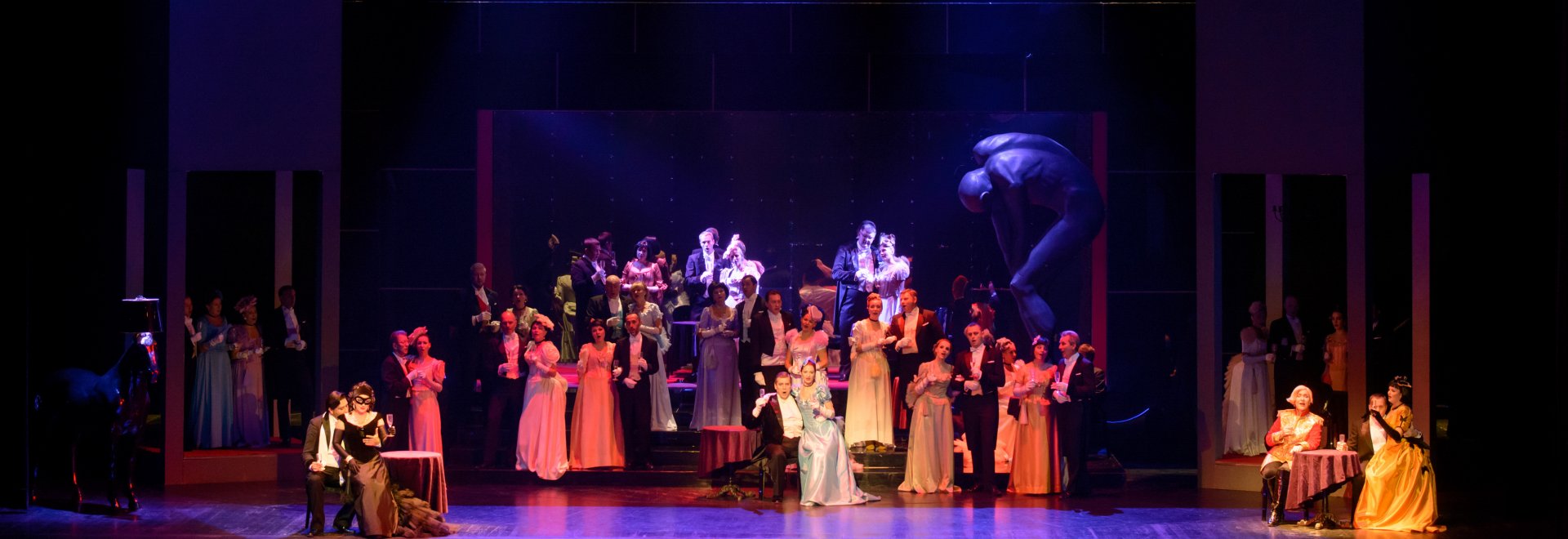
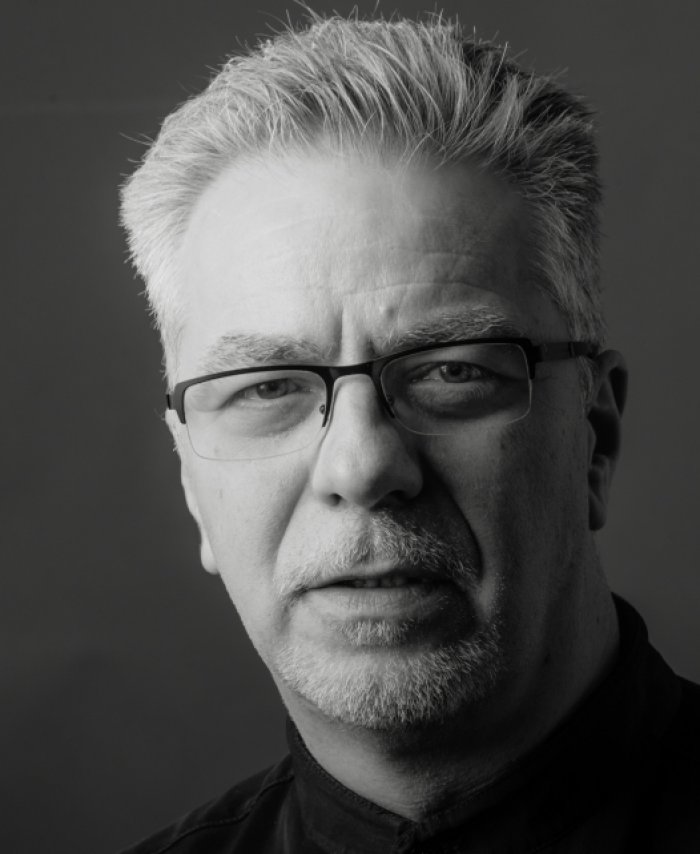 JULIUS GENIUŠAS
Conductor
JULIUS GENIUŠAS
Conductor
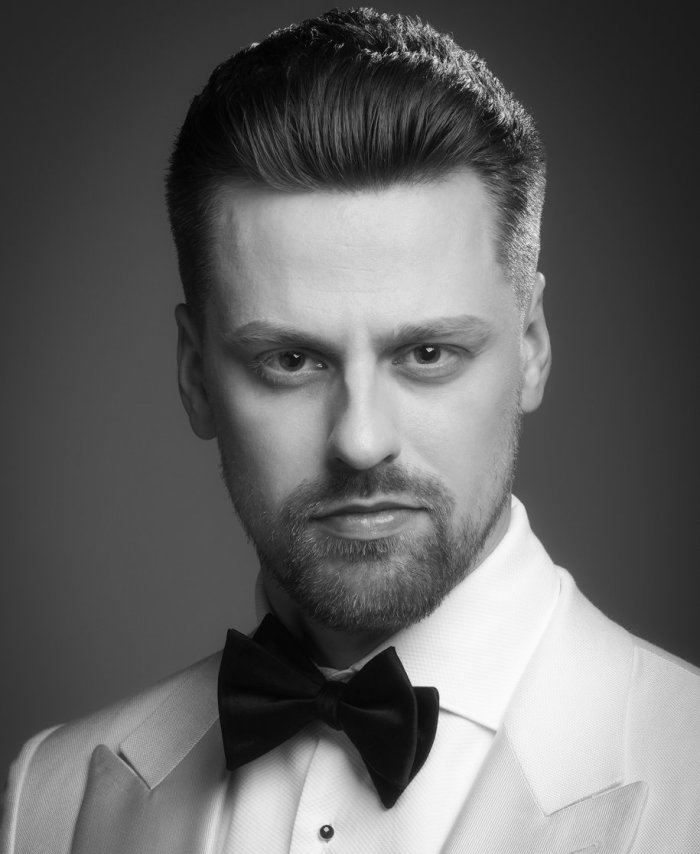 Steponas Zonys
Gabriel von Eisenstein
Steponas Zonys
Gabriel von Eisenstein
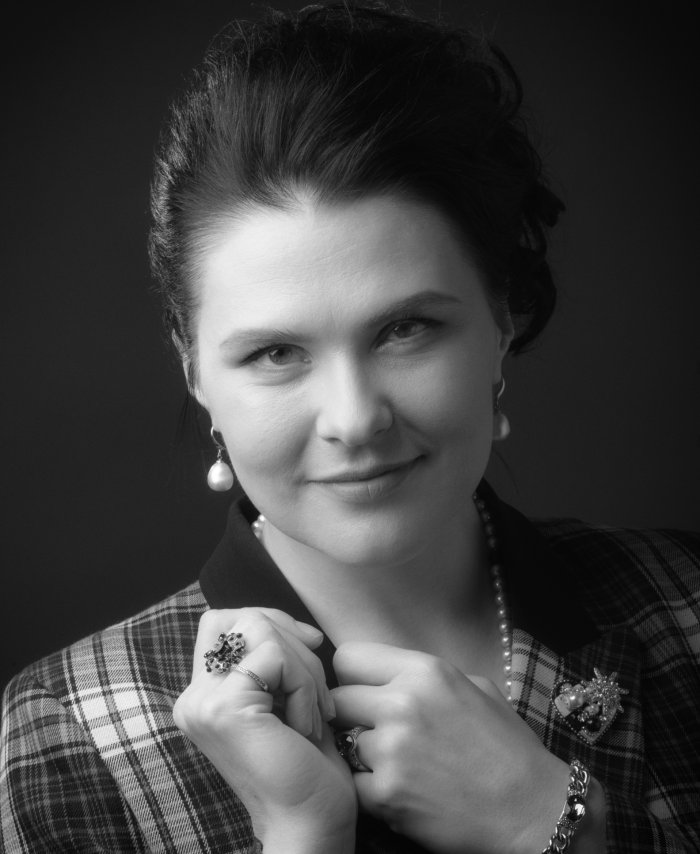 VIKTORIJA MIŠKŪNAITĖ
Rosalinde, Eisenstein's wife
VIKTORIJA MIŠKŪNAITĖ
Rosalinde, Eisenstein's wife
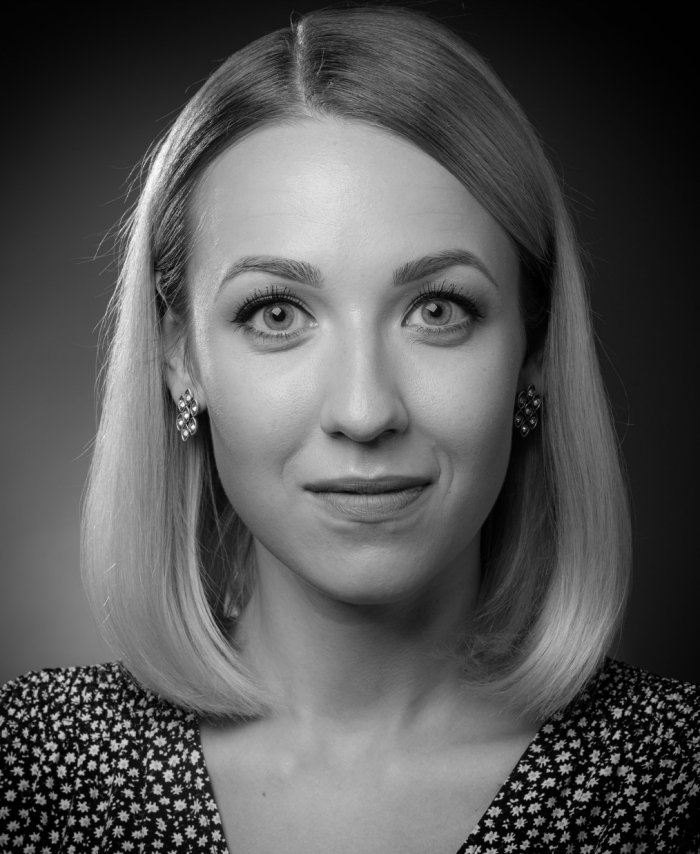 MONIKA PLEŠKYTĖ
Adele
MONIKA PLEŠKYTĖ
Adele
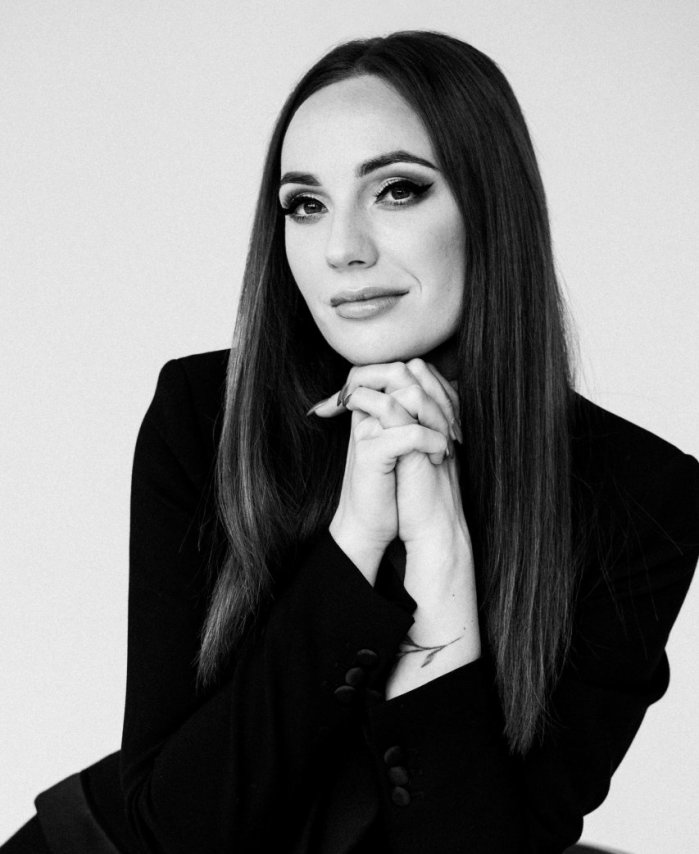 Marija Arutiunova
Ida, Adele's sister
Marija Arutiunova
Ida, Adele's sister
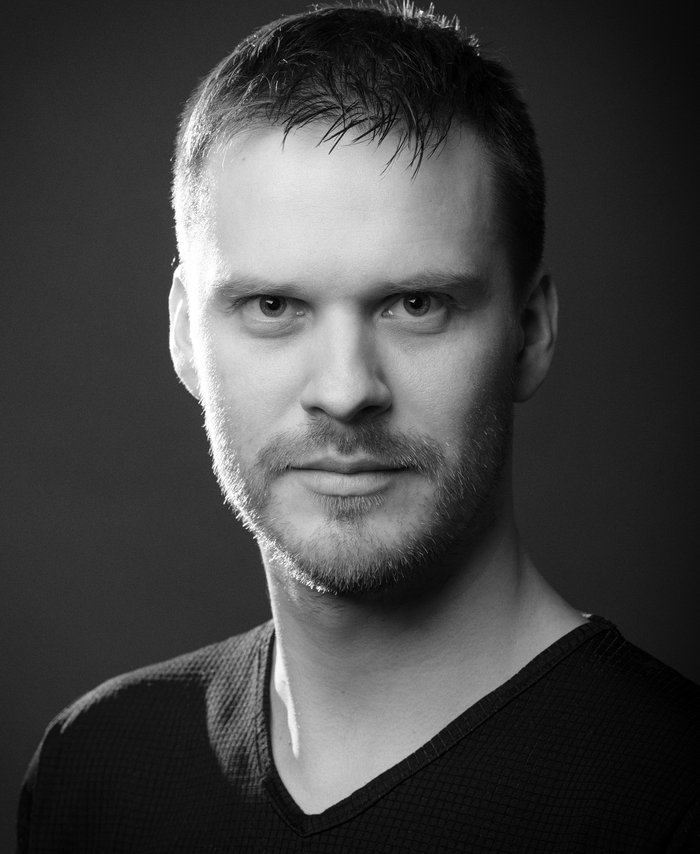 ŠARŪNAS ŠAPALAS
Dr Falke, a notary
ŠARŪNAS ŠAPALAS
Dr Falke, a notary
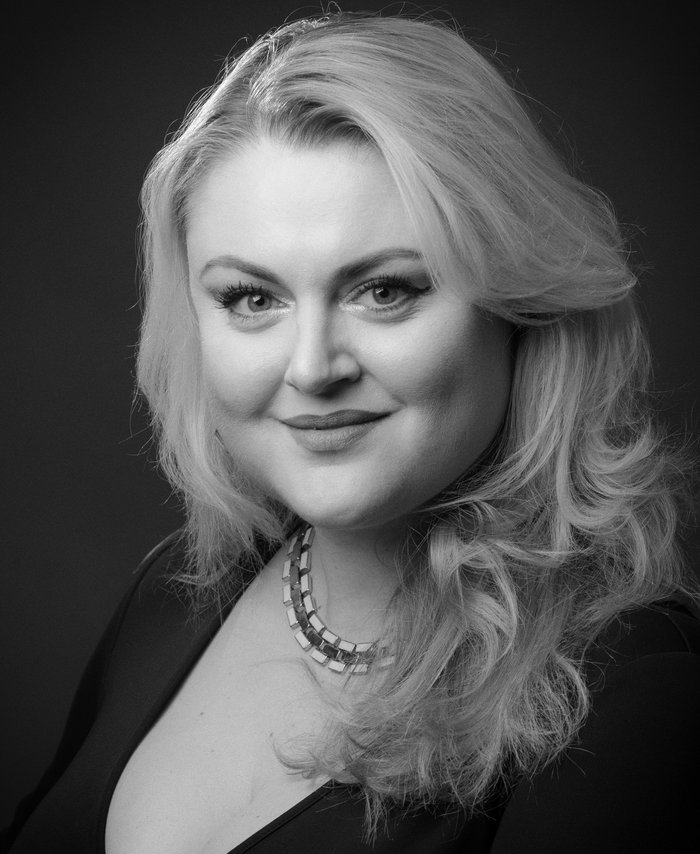 AISTĖ MIKNYTĖ
Prince Orlofsky
AISTĖ MIKNYTĖ
Prince Orlofsky
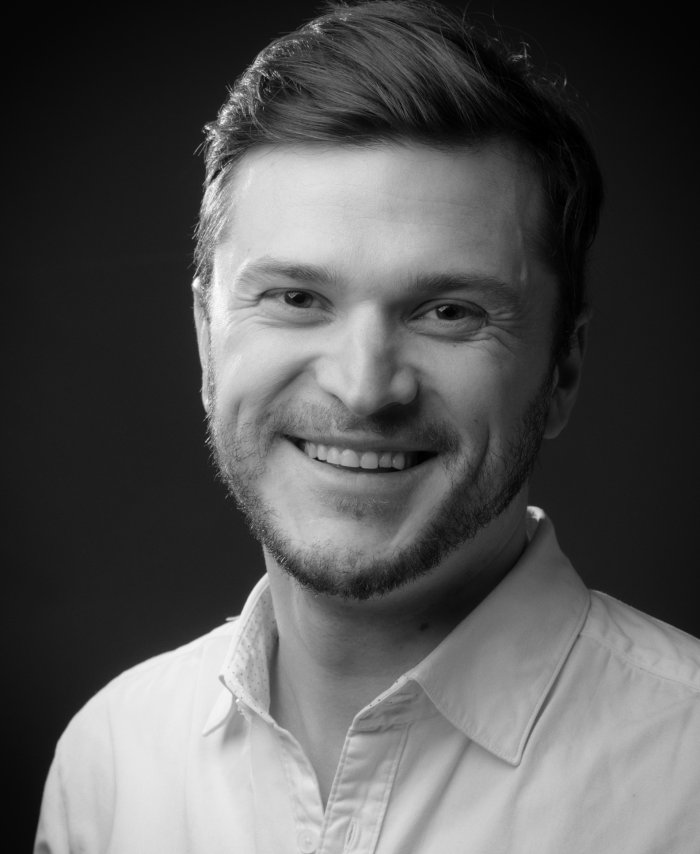 TOMAS PAVILIONIS
Alfred
TOMAS PAVILIONIS
Alfred
 EGIDIJUS DAUSKURDIS
Frank
EGIDIJUS DAUSKURDIS
Frank
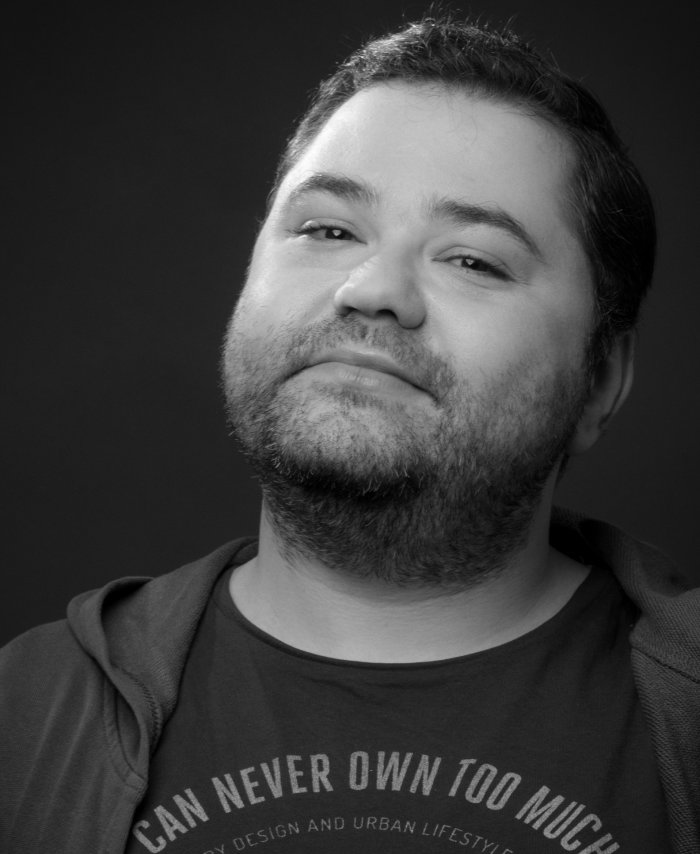 RAFAILAS KARPIS
Dr Blind, a lawyer
RAFAILAS KARPIS
Dr Blind, a lawyer
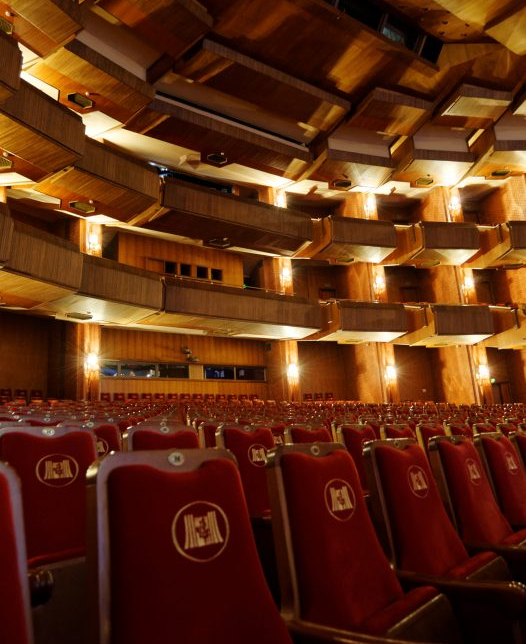 Irmantas Jankaitis
Frosch
Irmantas Jankaitis
Frosch
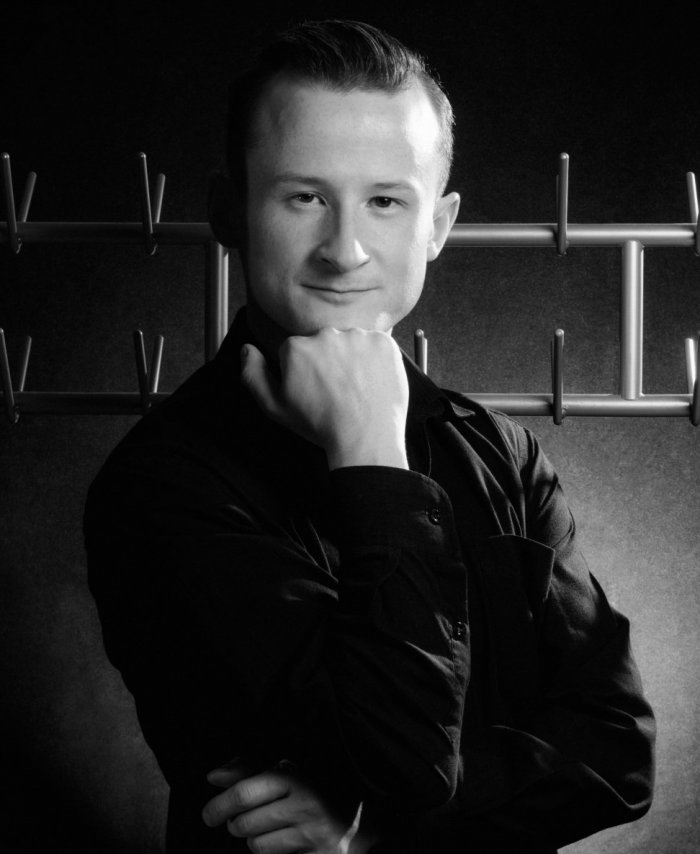 Justas Čeponis
Pianist
Justas Čeponis
Pianist
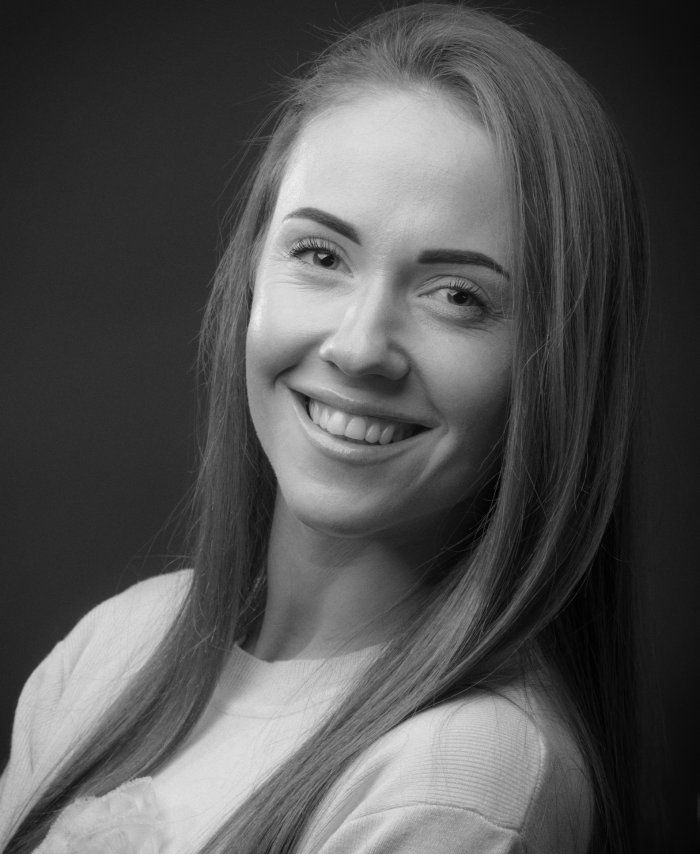 KAROLINA MATAČINAITĖ
Ballet Soloist
KAROLINA MATAČINAITĖ
Ballet Soloist
Johann Strauss, the King of Waltz (who, by the way, couldn’t dance himself), was married three times. His first wife, a famous singer Jetty Treffz was the one who persuaded the composer to write an operetta, although it is often stated that the persuader was in fact his fellow composer Jacques Offenbach. Around 1860 Strauss considered setting up a competition with Offenbach who reigned in Paris, the most playful European capital. However, there was soon an equivalent of Paris, and it was Vienna. And both “rivals” became best friends forever. Strauss' first operettas ("Indigo" and "Carnival in Rome") were not very successful, but the third one, "The Bat", placed the composer among the greatest names who contributed to the history of musical theatre. Even nowadays it still stands as an unrivalled, classical example of the genre.
The score for "The Bat" was created over 42 days in the summer of 1873. An excerpt from the new operetta (Czardas from the second act) was performed already in October, during a charity concert. Despite the success of this little bit of music, the financial crisis took its toll on the premiere and it had to be delayed. "The Bat" finally saw daylight on 5 April, 1874, when it was first presented at the Theater an der Wien with Strauss himself as conductor. It wasn't the most sensational new performance of the season, but its popularity was still rising with every passing day. In that year alone the operetta was shown 58 times. In 1874 it was also produced in New York and Berlin, in 1976 – in London. Up to 1888 it was performed 199 times in the same an der Wien theatre, and while Strauss was still alive "The Bat" made its way into the repertoires of 200 different theatres. Even today it holds its spot as the most frequently produced operetta in the world that also visited such countries as India, Australia, and Lithuania.
What were the reasons behind the popularity of this most Viennese operetta? Most probably, the masterful blend of different situations and moods – here we have mistaken identities, flirtatious moments in the ball, elegant lightness of being and charming confusion; and all of these elements create unique harmony with the exceptional music. It is a perfect piece of musical theatre even for those who are very skilled when it comes to the peculiarities of music. The ouverture is framed by the famous Waltz of the Bat which immediately gives us a flavour of what's about to come and drives us straight into the rhythm of the waltz. In the context of this story, waltz is the one element that represents reality, consistency and eternity.
***
"While working on this particular production of "Die Fledermaus", the creative team and myself tried to preserve the traditions of the genre, but at the same time to bring it closer towards today’s language, acting, understanding of the roles – so that there would be no need to make naturally funny elements even funnier. Operetta has its own story that can be emphasized, but not too much – in my opinion, the genre suffers most when it turns into a banal play that is intended only for entertainment. I imagine many people would oppose this opinion and say that entertainment is the main goal of operetta, that it should be done in a way that theatergoers wouldn’t leave theatres with severe headaches… But I had no wish to “humiliate” the genre – comical elements can be very attractive and display excellent quality.
I hope that in our "Die Fledermaus" we succeeded in polishing the operetta and taking off some of its dust. At the same time, we didn’t want to destroy or shatter the genre. I think that the production turned out to be stylish and filled with unexpected creative decisions."
~ Director Gediminas Šeduikis
Premiere: 31 December, 2012